Can someone pls show me the VR (Voltage-Resistance) Graphs for an NTC thermistor, filament lamp and conductors?
How do these components' resistances vary with voltage?
How do these components' resistances vary with voltage?
1 Answer
Please see below.
Explanation:
.
Let's take a look at an NTC thermistor circuit:
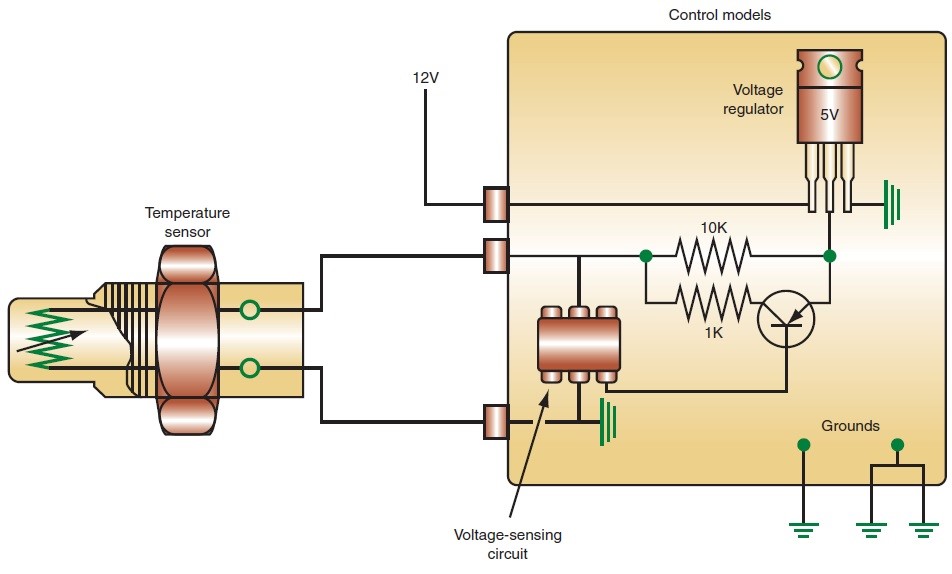
The input of
We know that the circuit has a fixed resistor
The output voltage
It is difficult to find the Voltage-Resistance graph of an NTC thermistor in books but we can develop it here. We will designate the horizontal axis as the
Furthermore, in order to obtain a reasonably clear scale, we will consider the two resistances in the equation in units of
The graph will be:
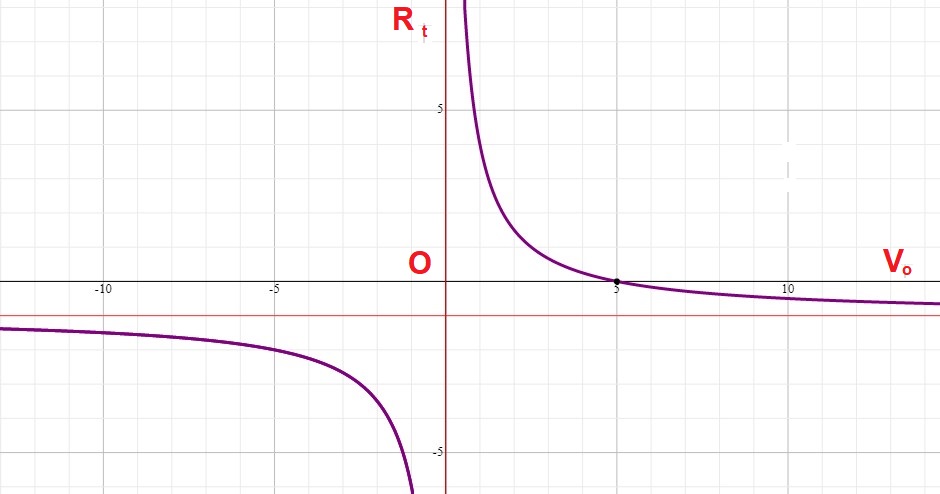
But since we are dealing with positive voltages only, we will concern ourselves with the right hand side of the graph where both
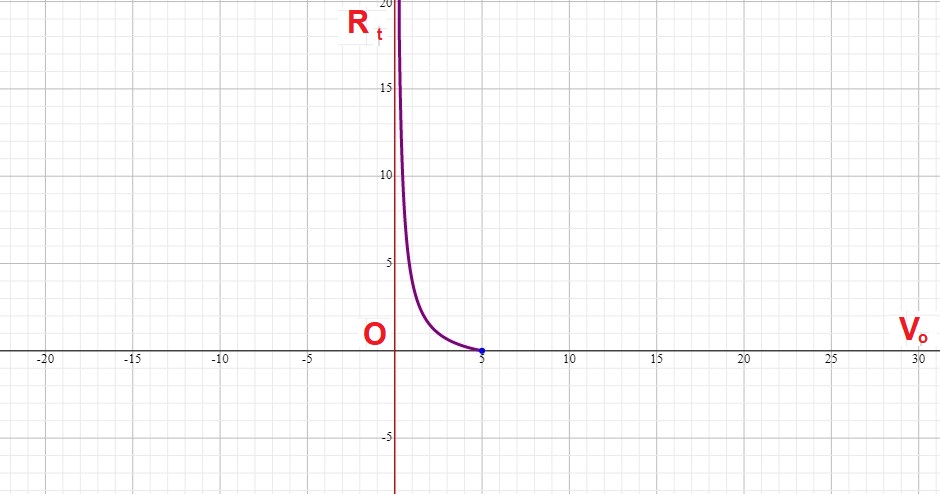
As the graph shows, when
As far as filament lamps go, here are some graphs:
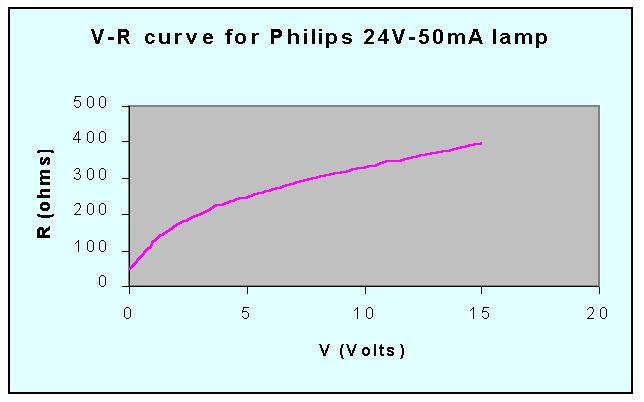
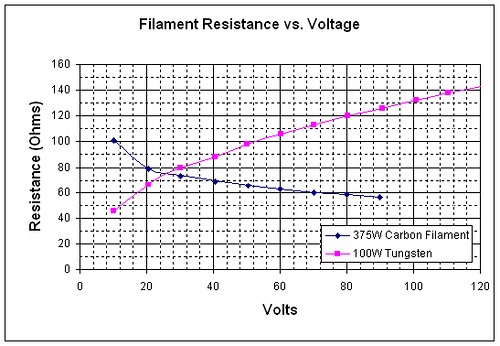
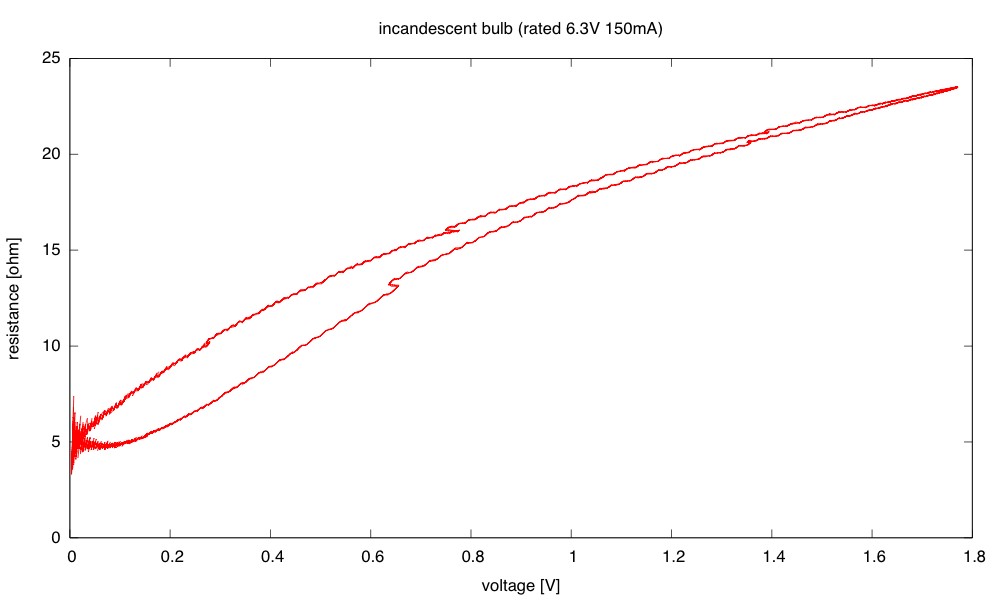
As far as metallic conductors go, their voltage-current, current-resistance and voltage-resistance relationships are linear and their graphs are straight lines that go through the origin. They are called Ohmic conductors:
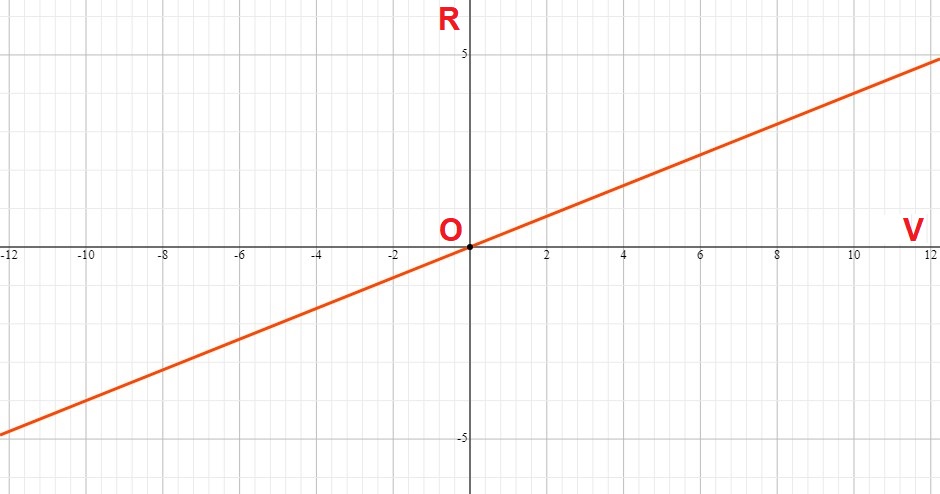
Hope this helps.

